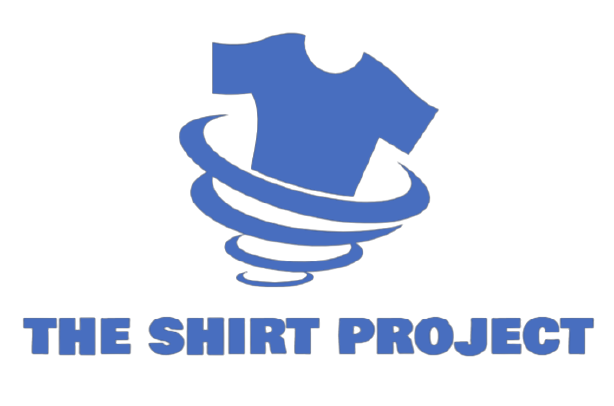When laying fiber-to-the-home in a Multi-Dwelling Unit, operators will consistently encounter varying issues from the MDUs. One of the factors that will influence expansion is the proper engagement of multi-dwelling units. Different MDUs present varying challenges that need consideration in order to roll the service with ease and ensure efficiency.
This article will walk you through some factors that should be considered when laying fiber-to-home networks in a multi-dwelling unit. But before any of that, let’s find out what mdu in FTTH in a network is and what to consider!
What is MDU in FTTH?
Where the FTTH setup is concerned, an MDU is a major installation. Since an MDU is any type of building architecture that entails multiple individual living areas such as apartments, condos, or flats, from this perspective, deploying FTTH in this context entails the establishment of a shared trendy fiber optic network for all individual units housed in the building to share and use.
Factors to Consider When Planning An FTTH Network For An MDU
When planning an FTTH network for an MDU, certain factors play pivotal roles in determining the approach and technology used:
1. How Old is the Multi-Dwelling Unit (MDU)?
The age of the MDU is critical. Many older MDUs have insufficient ducts or minimal pathways through which to route additional wiring, making any potential installation invasive and possibly expensive. Retrofitting older MDUs for modern cable requirements can also entail serious architectural consequences if the building in question is historically relevant.
Some newer buildings, on the other hand, may have been designed with future telecommunications in mind. If the building has routing conduits, the conduits are sufficiently sized to accommodate the fiber cables, and they run directly to the outside of the building, the installation could be significantly easier.
2. Types of Multi-Dwelling Units (MDU)
Understanding the structural classification of MDUs is essential as it influences the technical and logistical approaches to FTTH deployment:
- Low-Rise MDUs: Typically under five stories high, these buildings are often easier to manage regarding fiber installation due to their smaller size and fewer housing units. The challenge is less about vertical cable routing and more about community buy-in and minimizing disruption during installation.
- Middle-Level MDUs: These buildings, typically between five and twelve stories, require a balanced approach to cable management and distribution. The use of vertical risers to route cables to each floor, combined with horizontal distribution within floors, is common. Each level may act as a mini distribution hub, which can help optimize network performance and maintenance.
- High-Rise MDUs: Characteristically over twelve stories, high-rise buildings present the most complexity. They demand robust vertical and horizontal cable distribution systems and often necessitate multiple aggregation and distribution points within the building. Managing service quality across a large number of residents can be challenging but is critical for customer satisfaction.
3. Types of Optical Network Terminal (ONT)
Choosing the right type of ONT depends on the specific needs and structure of the MDU:
- Single Family Unit ONTs: These are typically used in low-rise or individual units where a direct fiber link serves each apartment. They are suitable where less sharing of the fiber infrastructure is needed.
- Multi-Dwelling Unit ONTs: For buildings with multiple tenants, MDU ONTs can provide multiple connections from a single device. This is advantageous in middle-level and high-rise MDUs where space and access can be limiting factors.
- Integrated Access Devices (IADs): These devices offer advanced services like VoIP and are often used in high-end MDUs that demand a broad range of services beyond basic internet connectivity.
Conclusion
In summary, installing FTTH in MDUs demands a careful thought process that involves the age of the residential building, the type of MDU, and the correct choice of ONT technology. Considering these factors enables service providers to establish a functional and non-disruptive fiber optic network. Each element, from building structure to technology deployment, needs to be meticulously planned and executed to optimize network performance and customer satisfaction in diverse living environments.















